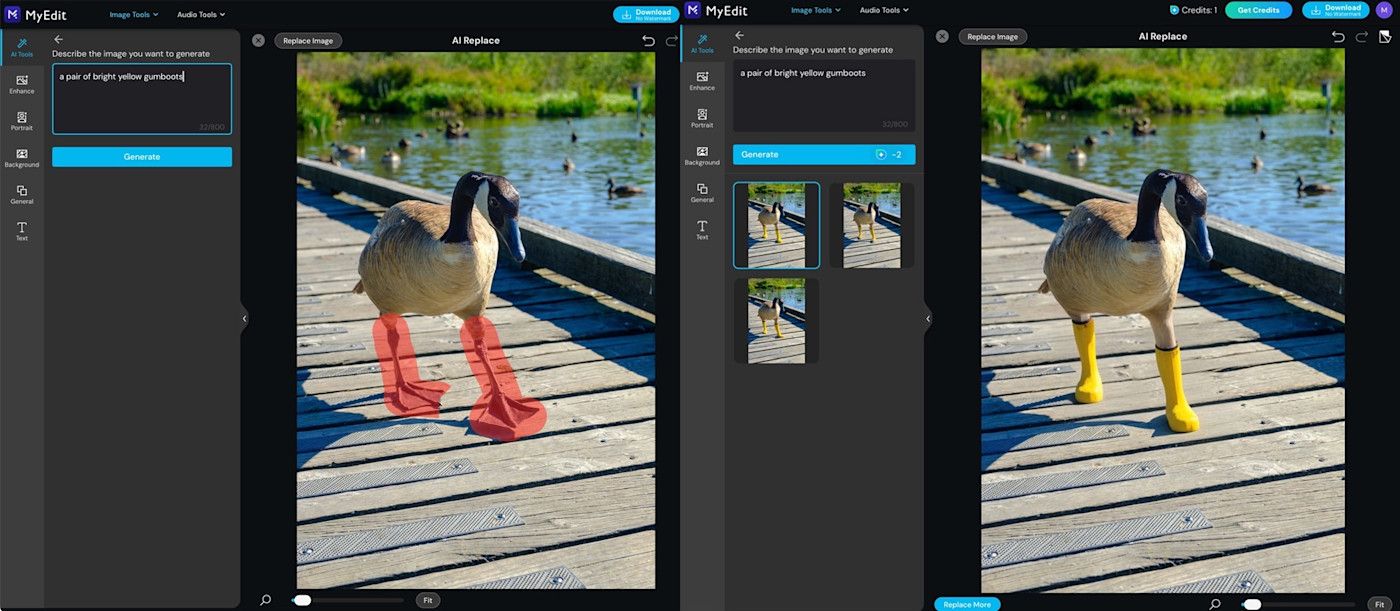

In today’s digital age, photo editing has become an essential skill for both amateur and professional photographers. Let’s learn more about this topic below with Stickman Hook. With the rise of smartphones and social media, the demand for high-quality, visually appealing images has skyrocketed. Fortunately, there are numerous free photo editing apps available that can help you transform your ordinary photos into stunning works of art. In this comprehensive guide, we’ll explore some of the best free photo editing apps that work like professional tools, providing you with powerful features and user-friendly interfaces to enhance your images effortlessly.
Snapseed, developed by Google, is a versatile and powerful photo editing app that offers a wide range of features for both iOS and Android users. This app stands out for its professional-grade tools and intuitive interface, making it a favorite among photographers of all skill levels.
One of Snapseed’s most impressive features is its ability to make selective adjustments. Users can pinpoint specific areas of their photos and apply edits such as brightness, contrast, and saturation to those areas only. This level of precision is typically found in more expensive desktop software, making Snapseed a standout among free apps.
The app also offers a variety of pre-set filters and looks, which can be customized to suit your preferences. These filters range from vintage effects to modern, high-contrast styles, allowing users to quickly achieve their desired aesthetic. Additionally, Snapseed’s healing tool is particularly noteworthy, as it enables users to remove unwanted objects or blemishes from their photos with remarkable accuracy.
For more advanced users, Snapseed provides tools like curves and white balance adjustments, giving you granular control over your image’s tones and colors. The app also supports RAW file editing, a feature typically reserved for professional-grade software.
One of the most appealing aspects of Snapseed is its non-destructive editing approach. This means that you can always go back and adjust or undo any changes you’ve made, even after saving your image. This feature provides users with the freedom to experiment without fear of permanently altering their original photos.
While Snapseed offers a wealth of features, some users may find the learning curve a bit steep initially. However, the app provides helpful tutorials and tips to guide users through its various tools and functions. Once mastered, Snapseed becomes an incredibly powerful ally in your photo editing arsenal.
Read more: Best Budgeting Apps to Manage Your Finances Smarter
VSCO (pronounced “visco”) has gained immense popularity, particularly among younger users, for its aesthetic-driven approach to photo editing. While it offers a free version with limited features, even this basic option provides users with powerful tools to create stunning, film-inspired images.
At the heart of VSCO’s appeal are its filters, or “presets” as they’re called within the app. These presets are designed to emulate the look of various film stocks, giving digital photos a nostalgic, analog feel. The free version offers a selection of these presets, with more available through a paid subscription.
Beyond filters, VSCO provides a range of standard editing tools such as exposure, contrast, and saturation adjustments. These tools are presented in a minimalist interface that, while stylish, may take some getting used to for those accustomed to more traditional editing apps.
One of VSCO’s unique features is its built-in camera function. This allows users to capture photos directly within the app, applying presets in real-time. This feature is particularly useful for those who want to achieve a consistent aesthetic across their images without the need for post-processing.
VSCO also functions as a social platform, where users can share their edited photos and discover inspiration from other creators. This community aspect sets VSCO apart from many other editing apps, providing a space for creative expression and engagement.
While VSCO’s free version is quite capable, some users may find the limited selection of presets and tools restricting. The full range of features, including over 200 presets and advanced editing tools, is only available through a paid subscription. However, for those who prioritize aesthetic consistency and enjoy the film-inspired look, even the free version of VSCO can be a valuable addition to their editing toolkit.
Privacy-conscious users will appreciate VSCO’s commitment to data protection. The app doesn’t require users to create an account to use its basic editing features, and when an account is created, VSCO’s privacy policy is clear about how user data is collected and used.
Pixlr is a web-based photo editor that offers both a free and a premium version. What sets Pixlr apart is its resemblance to desktop photo editing software, making it an excellent choice for those who want a more comprehensive editing experience without the need to download an app.
The free version of Pixlr, known as Pixlr E, offers a surprising array of features typically found in paid desktop software. These include layers, which allow for complex compositions and edits, as well as a variety of blending modes and adjustment tools. For users familiar with software like Photoshop, Pixlr’s interface and toolset will feel comfortably familiar.
One of Pixlr’s strengths is its extensive library of effects, overlays, and borders. These can be quickly applied to images to create unique looks or to enhance specific moods. The app also offers a range of AI-powered tools, such as automatic background removal and one-click skin smoothing, which can save users significant time in their editing process.
Pixlr’s accessibility is another major advantage. Being web-based, it can be accessed from any device with an internet connection, without the need for installation. This makes it an excellent option for users who work across multiple devices or those who don’t want to commit storage space to a downloaded app.
However, the web-based nature of Pixlr can also be a drawback. Users need a stable internet connection to use the app, and performance may vary depending on the user’s device and connection speed. Additionally, while the free version is quite capable, some of the more advanced features are reserved for the premium version.
For those new to photo editing, Pixlr offers a simpler version called Pixlr X. This streamlined editor provides basic adjustments and filters, making it an excellent starting point for beginners before they move on to the more complex Pixlr E.
Pixlr also offers mobile apps for both iOS and Android, bringing much of its desktop-like functionality to smartphones and tablets. These apps provide a good balance between the comprehensive features of the web version and the convenience of mobile editing.
Read more: Top Productivity Apps to Help You Stay Focused
Adobe Photoshop Express brings the power and prestige of Adobe’s professional software to the realm of free mobile editing apps. While it doesn’t offer the full range of features found in its desktop counterpart, Photoshop Express provides a robust set of tools that can satisfy both casual users and more serious photographers.
One of the standout features of Photoshop Express is its ability to handle RAW files, a feature not commonly found in free editing apps. This allows photographers to work with uncompressed image data, providing greater flexibility in adjusting exposure, color, and other aspects of their photos.
The app offers a wide range of adjustment tools, including exposure, contrast, highlights, shadows, and more. These tools are presented in a user-friendly interface that strikes a balance between simplicity and functionality. Sliders make it easy to fine-tune adjustments, while before-and-after views help users gauge the impact of their edits.
Photoshop Express also includes a variety of filters and looks, which Adobe calls “Looks.” These range from subtle color adjustments to more dramatic effects, allowing users to quickly transform the mood of their images. The app also offers themed looks for specific types of photography, such as portraits or landscapes.
One of the more unique features of Photoshop Express is its ability to create collages and add text to images. This makes it a versatile tool not just for photo editing, but also for creating social media content or simple graphic designs.
While the app is free to download and use, some features are locked behind a premium subscription. However, the free version still offers a comprehensive set of tools that can satisfy most users’ needs.
Adobe’s reputation for security and privacy is a significant advantage of Photoshop Express. The app adheres to strict data protection standards, providing users with peace of mind when it comes to the safety of their images and personal information.
One potential drawback of Photoshop Express is that it requires users to create an Adobe account to use the app. While this allows for features like cloud storage and syncing across devices, it may be a deterrent for users who prefer not to create additional online accounts.
In conclusion, the world of free photo editing apps has evolved significantly, offering tools and features that rival professional software.